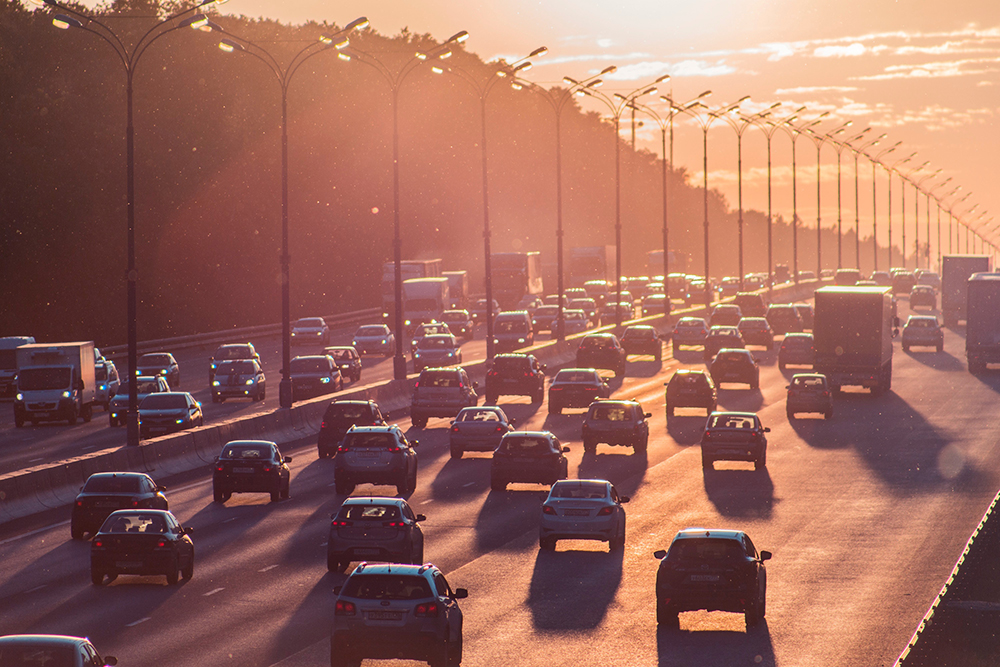Anthony S. Fauci — the infectious diseases expert helping to steer the White House’s coronavirus response — said that the United States should double the number of coronavirus tests it’s performing in the next several weeks, and has the capacity to do so.
Purdue University, one of the first colleges to shift to online classes amid the coronavirus pandemic, is preparing to go back to normal this fall.
President Mitch Daniels said in a recent missive to the Purdue community that the Indiana-based university intends to accept students back to campus in typical numbers and resume in-person instruction, with new rules and practices in place.
Daniels, a Republican who served two terms as Indiana governor, said such a move was necessary because students are more likely to succeed when theyre present on campus.
He also claimed that while young people can transmit coronavirus, they face close to zero lethal threat from covid-19. Literally, our students pose a far greater danger to others than the virus poses to them, Daniels said.
Death from covid-19 is rare among teenagers and 20-somethings, but it can be fatal. The Washington Post has found at least 50 deaths among people in their 20s or under.
About 80 percent of Purdues 50,000-person campus is under age 35, according to Daniels, who said the university would take steps to protect people in older demographics, including reducing class sizes, allowing people to work remotely, and pretesting students and staff.
The announcement got a mixed reception among faculty. University Senate Chair Cheryl Cooky said she was worried that the plans may put the campus at risk if a second wave of infections comes in the fall and winter.
While there are still many questions yet to be answered, Cooky said in a statement, I am confident in the leadership of Purdue and our shared commitment to maintaining the safety of our community while ensuring the best education.
At least 785 people have died in Indiana and more than 14,000 have been infected. The state has an infection rate higher than most U.S. states, with roughly 217 confirmed cases per 100,000 people, according to The Posts analysis.

